FOREWORD
ACRONYMS
GLOSSARY
ERRATA SHEET
PURPOSE AND APPLICABILITY
Laboratory Cell Testing
Full-Size Cell or Module Testing
Battery System Testing
PNGV Energy Storage Goals
TEST PROFILES DERIVED FROM PNGV GOALS
TEST PROCEDURES
General Test Conditions and Scaling
Temperature Control
Scaling of Performance and Life Cycle Test Profiles
Static Capacity Test
Hybrid Pulse Power Characterization Test
Pulse Power Characterization Profile.
Test Procedure Description.
Available Energy Test (Dual Mode Constant Power)
Self-Discharge Test
Cold Cranking Test
Cold Cranking Test Profile.
Thermal Performance Test
Energy Efficiency Test
Efficiency Test Profiles.
Power Assist Efficiency Test Profile.
Dual Mode Efficiency Test Profile.
Operating Set Point Stability Test
Adjusting the Operating Set Point.
Controlling the State of Charge During the OSPS Test.
Cycle-Life Tests
Controlling and Maintaining State of Charge during Cycling.
Cycle-Life Test Procedure Outline.
Hybrid Life Cycle Test Profiles.
25-Wh Power Assist Life Cycle Test Profile
1500-Wh Dual Mode Life Cycle Test Profile
Correcting A Dual Mode Life Cycle Profile Charge Imbalance
Calendar Life Test
Calendar Life Test Profile.
Reference Performance Tests
Impedance Spectrum Measurements
Module Controls Verification Tests (Module-Level Testing)
Thermal Management Load (System-Level Testing)
ANALYSIS AND REPORTING OF TEST RESULTS
General
Laboratory Cell Performance Test Results
Minimum Test Reporting Requirements
Static Capacity Test
Hybrid Pulse Power Characterization Test
Open-circuit Voltage.
Calculated Resistance Characteristics as a Function of Depth of Discharge
Pulse Power Capability.
Available Energy for Power Assist.
Available Energy for Dual Mode.
Minimum and Maximum DOD Values.
Pulse Power Characterization Profile Voltage Response.
Other Laboratory Cell Performance Characteristics.
Determining Battery Size Factor When Not Supplied By Manufacturer.
Available Energy Test (Dual Mode Constant Power)
Self-Discharge Test
Cold Cranking Test
Thermal Performance Tests
Energy Efficiency Test
Operating Set Point Stability Test
Cycle-Life Tests
Determining Cycle Life and the End-of-Life Condition
Calendar Life Test
Module Controls Verification Tests
System-Level Testing
REFERENCES
Appendix-C_Rev3_020201.pdf
BACKGROUND
CALENDAR LIFE TESTING AT FIXED SOC
CONTINUOUS LIFE CYCLING AT A FIXED TARGET SOC/DOD VALUE
Use of Control Voltage Limiting for State-of-Charge Control
Assumptions
Determination of the Control Voltage (Trial Value)
Overall SOC Control Approach and Use of the Control Voltage
Verification of Target SOC and Adjustment of Control Voltage
CONTINUOUS LIFE CYCLING OVER A SOC/DOD RANGE
ADDITIONAL CONSIDERATIONS
Appendix-D_Rev3_120500.pdf
1. INTRODUCTION 1
1. INTRODUCTION
2. HPPC DATA ANALYSIS PROCESS
3. BATTERY PARAMETER ESTIMATOR
3.1 Lumped Parameter Battery Model
3.2 Use of the Battery Parameter Estimator Spreadsheet
3.2.1 Background
3.2.2 Spreadsheet parameters and relationships
3.2.3 Spreadsheet Procedure
4. CYCLE LIFE EFFICIENCY CALCULATION
4.1 Background
4.2 Use of the CLEM Spreadsheet
4.2.1 Spreadsheet Variables
4.2.1.1 Inputs
4.2.1.2 Calculated Values and Outputs
4.2.2 Entering Information into the Spreadsheet
4.2.3 Results From the Spreadsheet
4.2.4 Evaluating Battery Size Factor Using the Spreadsheet
4.2.5 Equations Used for CLEM Spreadsheet Calculations
5. EXTENDED SIMPLIFIED MODEL
5.1 Use of the ESM Spreadsheet
5.1.1 Input Variables
5.1.2 Values Derived and Variables Used:
5.1.3 Procedure and Equations
5.1.4 Output Variables
Appendix-F_Rev3_020201.pdf
BACKGROUND
ASSUMPTIONS
Thermal Management Design and Operation.
Vehicle Usage
Ambient Temperature Variation
INPUT PARAMETERS
EQUATIONS
Battery thermal characteristics
Battery temperatures at the start of each driving period
Duration of battery hold at minimum operating temperature
Net heat input to the battery required during driving periods
Energy consumed attributable to each driving period
Total energy consumption and average per day
PROCEDURE SUMMARY
















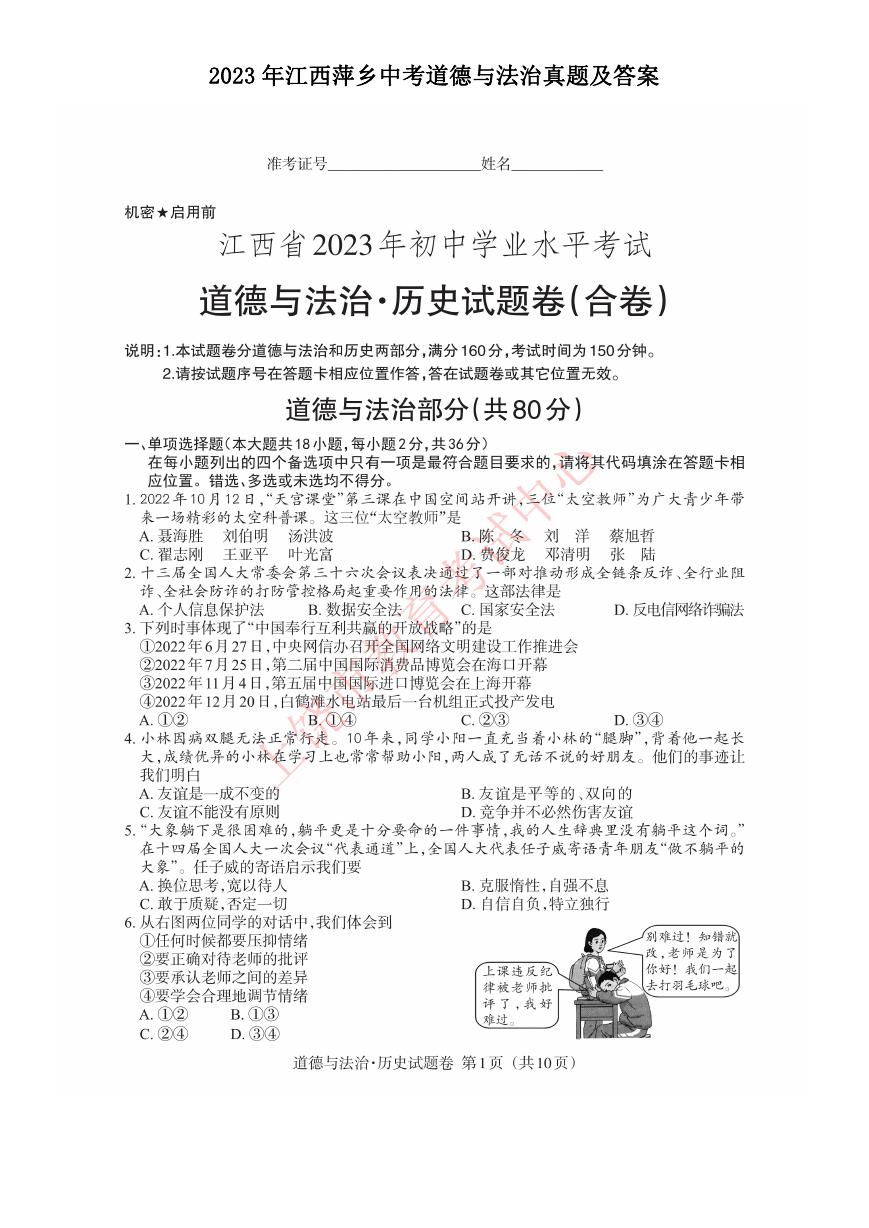 2023年江西萍乡中考道德与法治真题及答案.doc
2023年江西萍乡中考道德与法治真题及答案.doc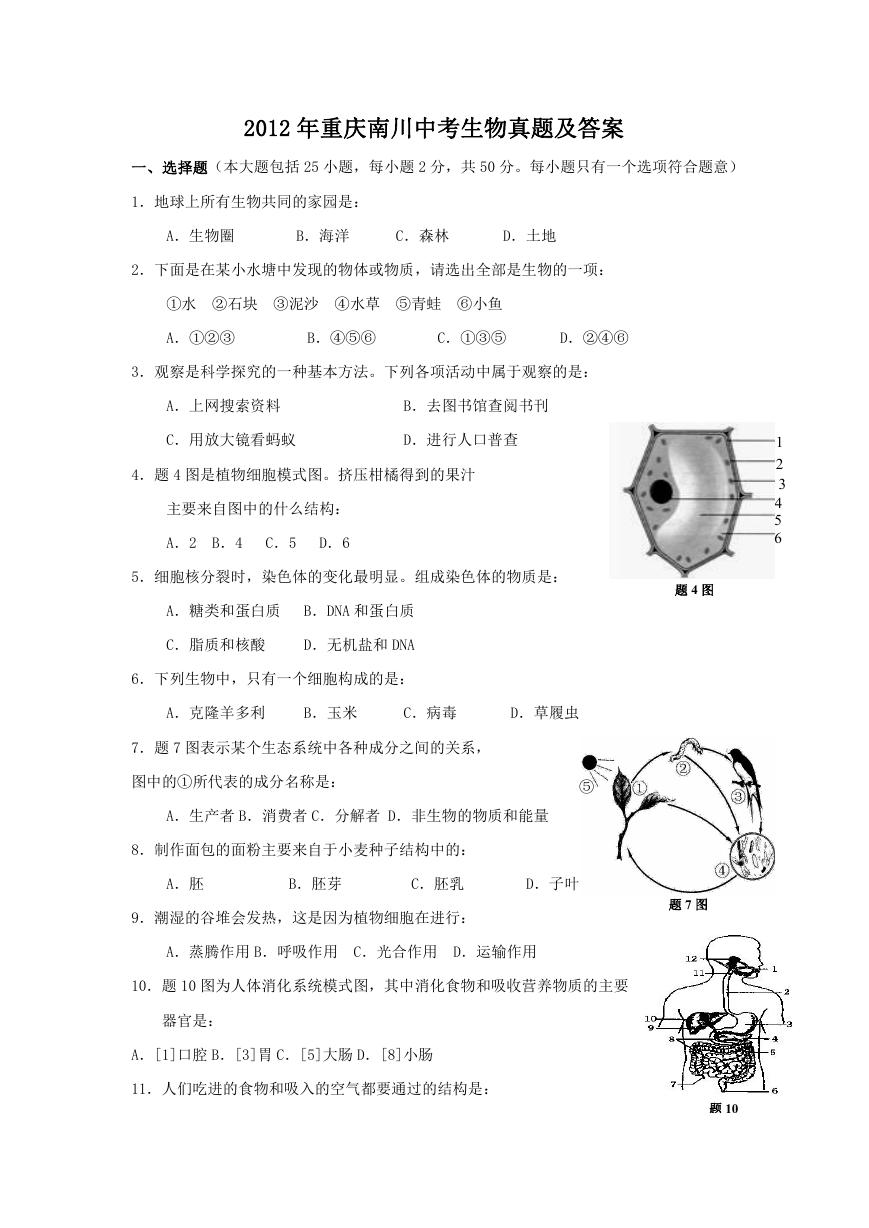 2012年重庆南川中考生物真题及答案.doc
2012年重庆南川中考生物真题及答案.doc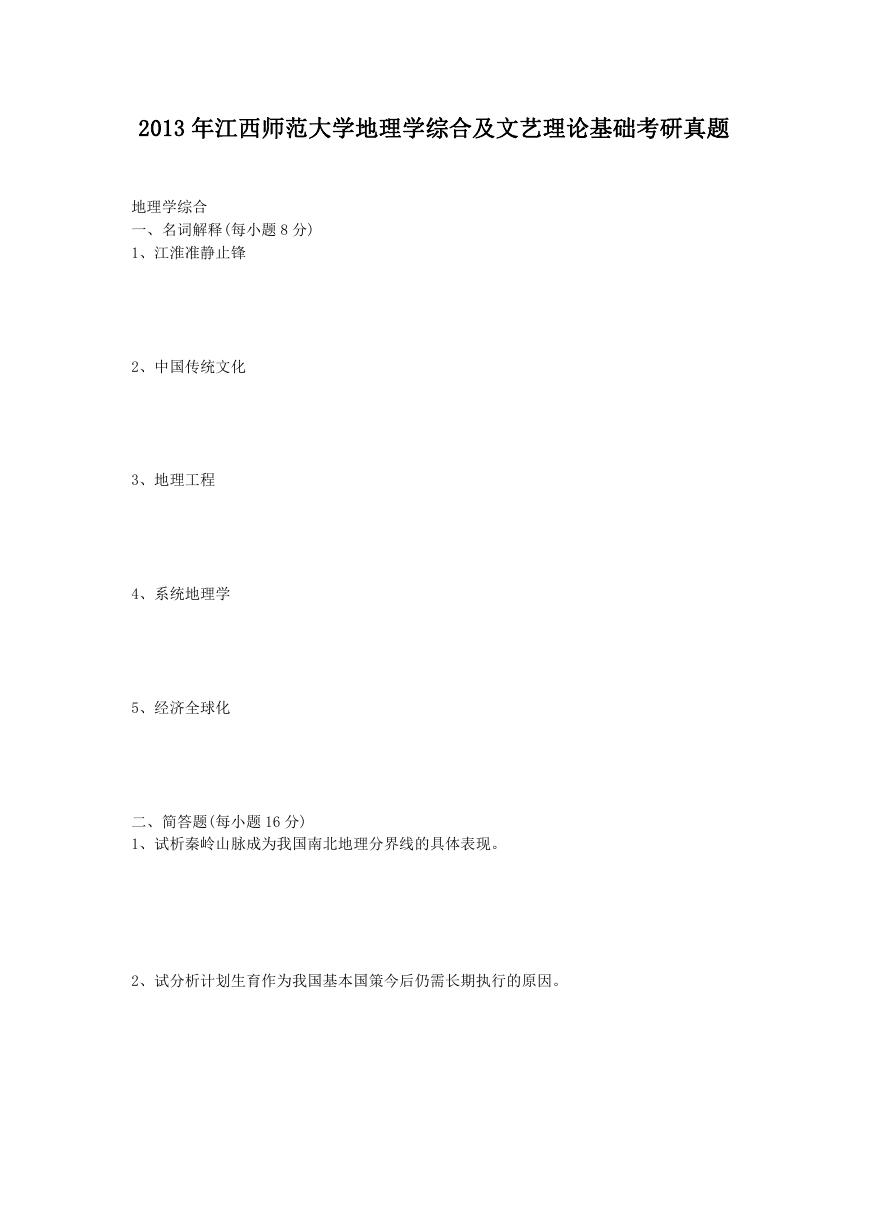 2013年江西师范大学地理学综合及文艺理论基础考研真题.doc
2013年江西师范大学地理学综合及文艺理论基础考研真题.doc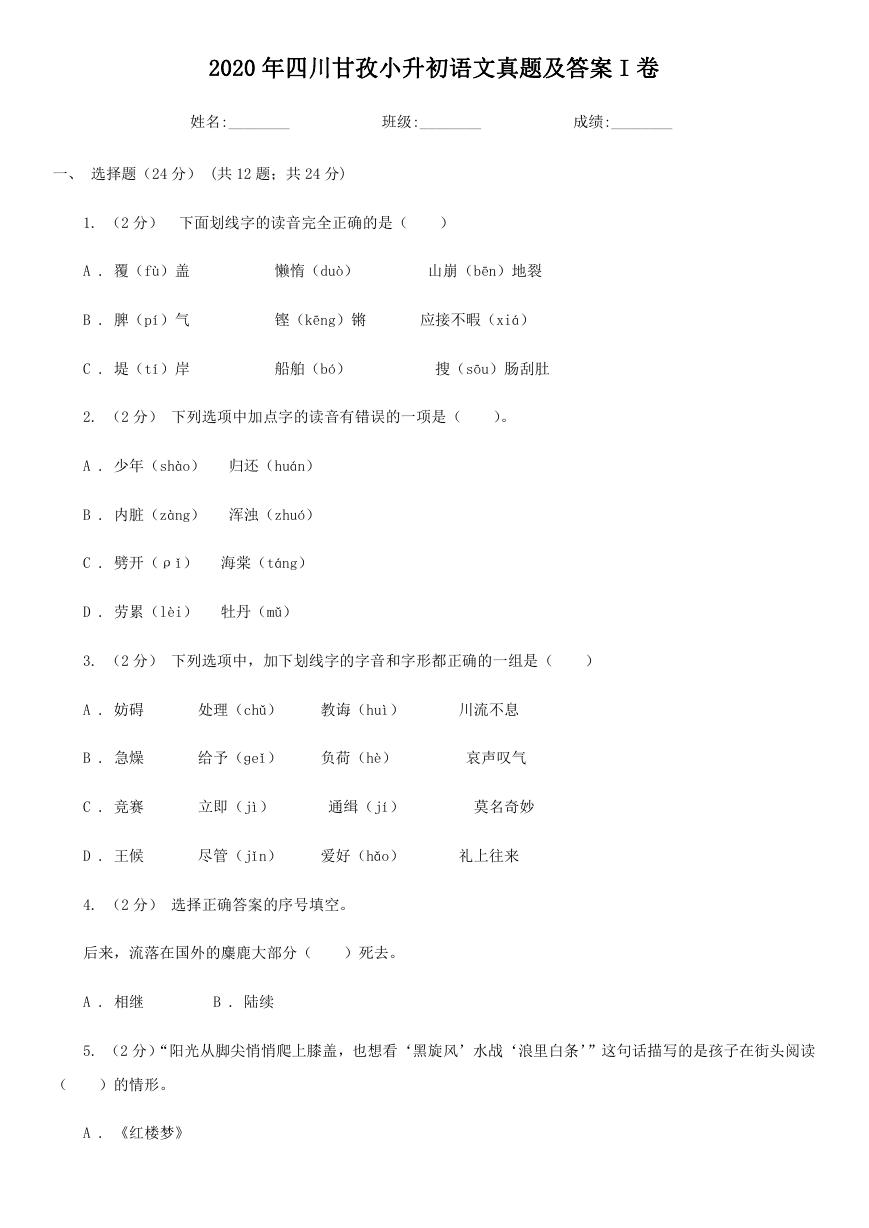 2020年四川甘孜小升初语文真题及答案I卷.doc
2020年四川甘孜小升初语文真题及答案I卷.doc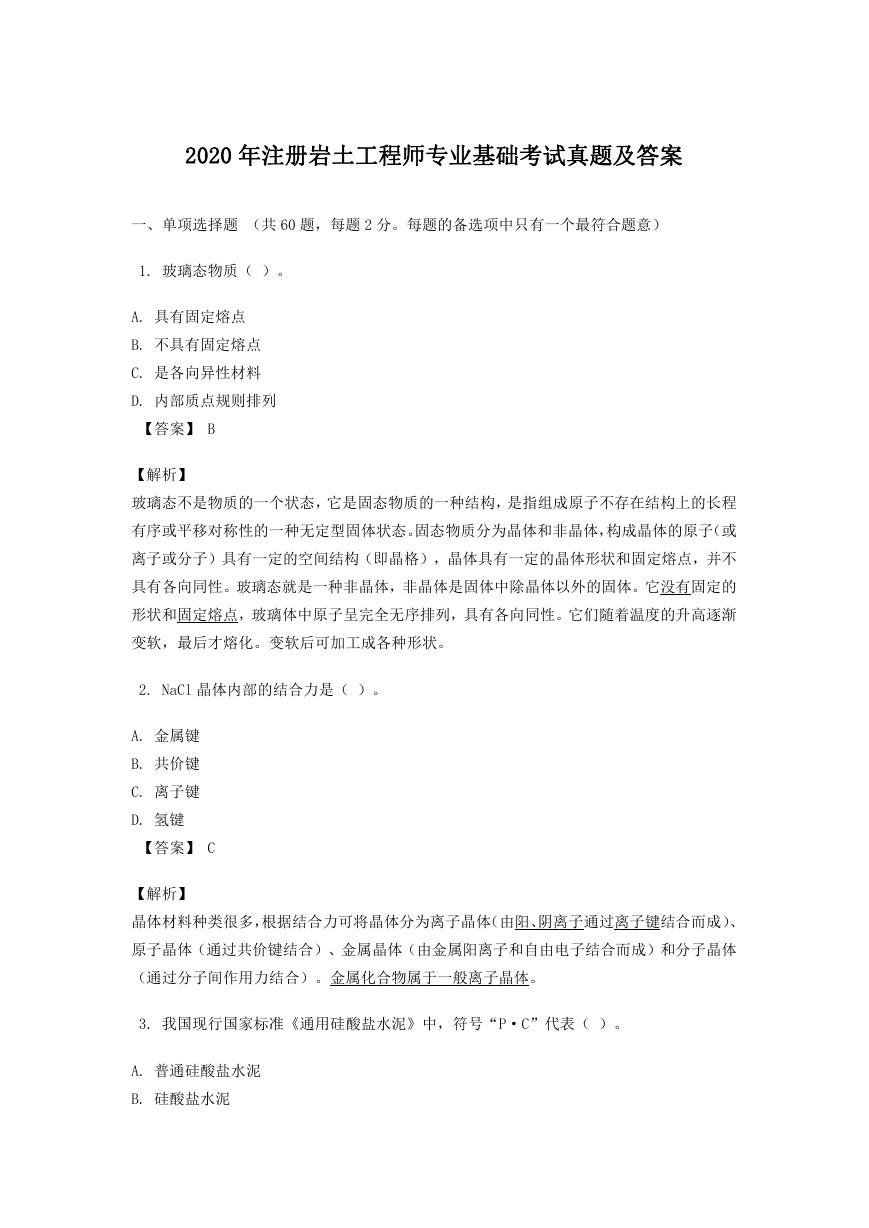 2020年注册岩土工程师专业基础考试真题及答案.doc
2020年注册岩土工程师专业基础考试真题及答案.doc 2023-2024学年福建省厦门市九年级上学期数学月考试题及答案.doc
2023-2024学年福建省厦门市九年级上学期数学月考试题及答案.doc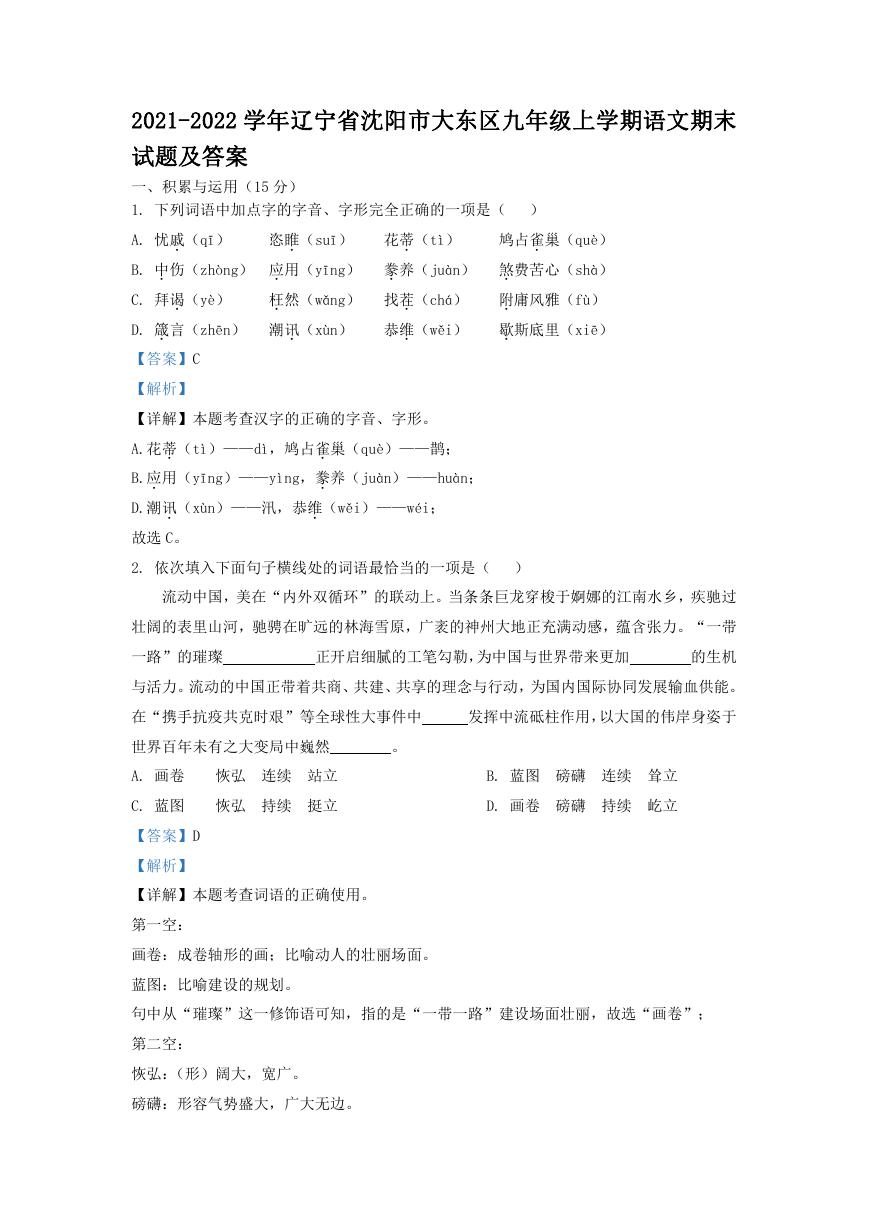 2021-2022学年辽宁省沈阳市大东区九年级上学期语文期末试题及答案.doc
2021-2022学年辽宁省沈阳市大东区九年级上学期语文期末试题及答案.doc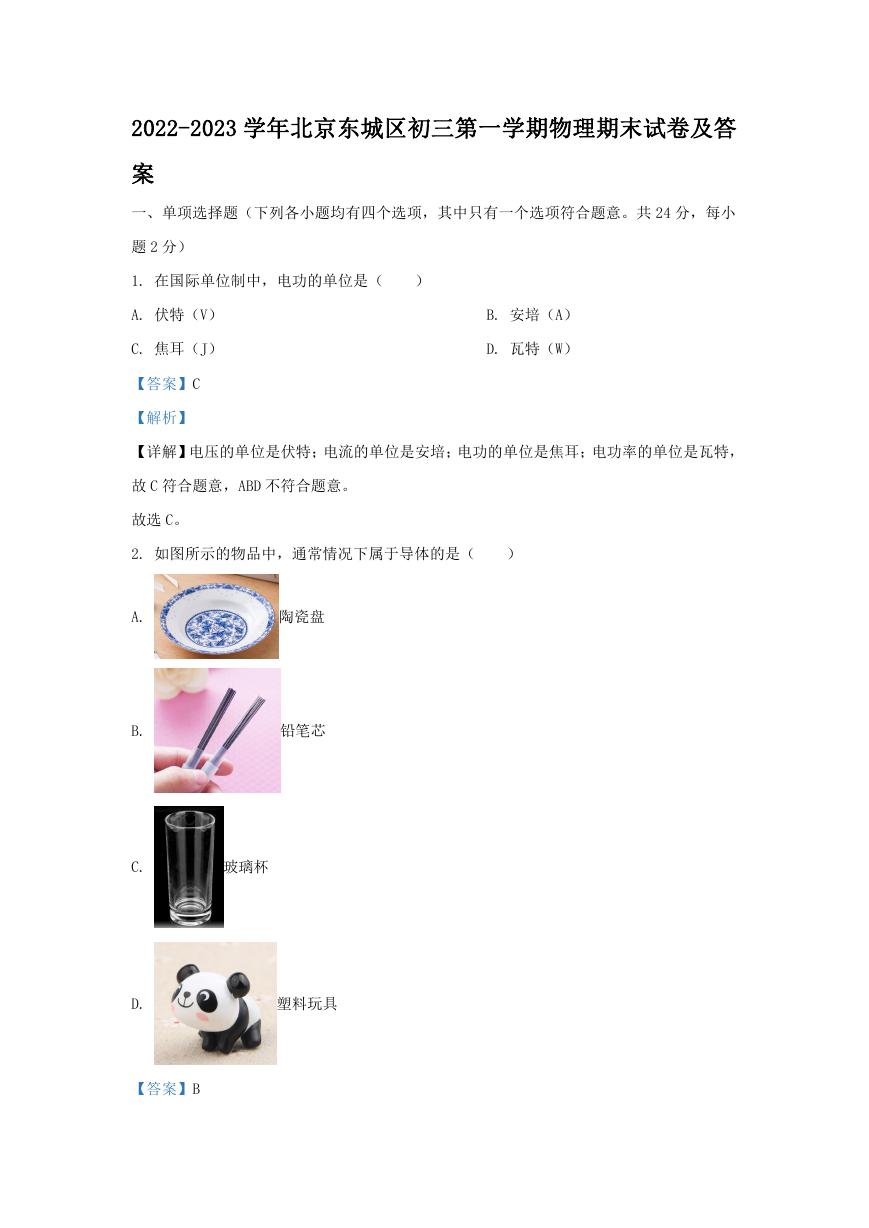 2022-2023学年北京东城区初三第一学期物理期末试卷及答案.doc
2022-2023学年北京东城区初三第一学期物理期末试卷及答案.doc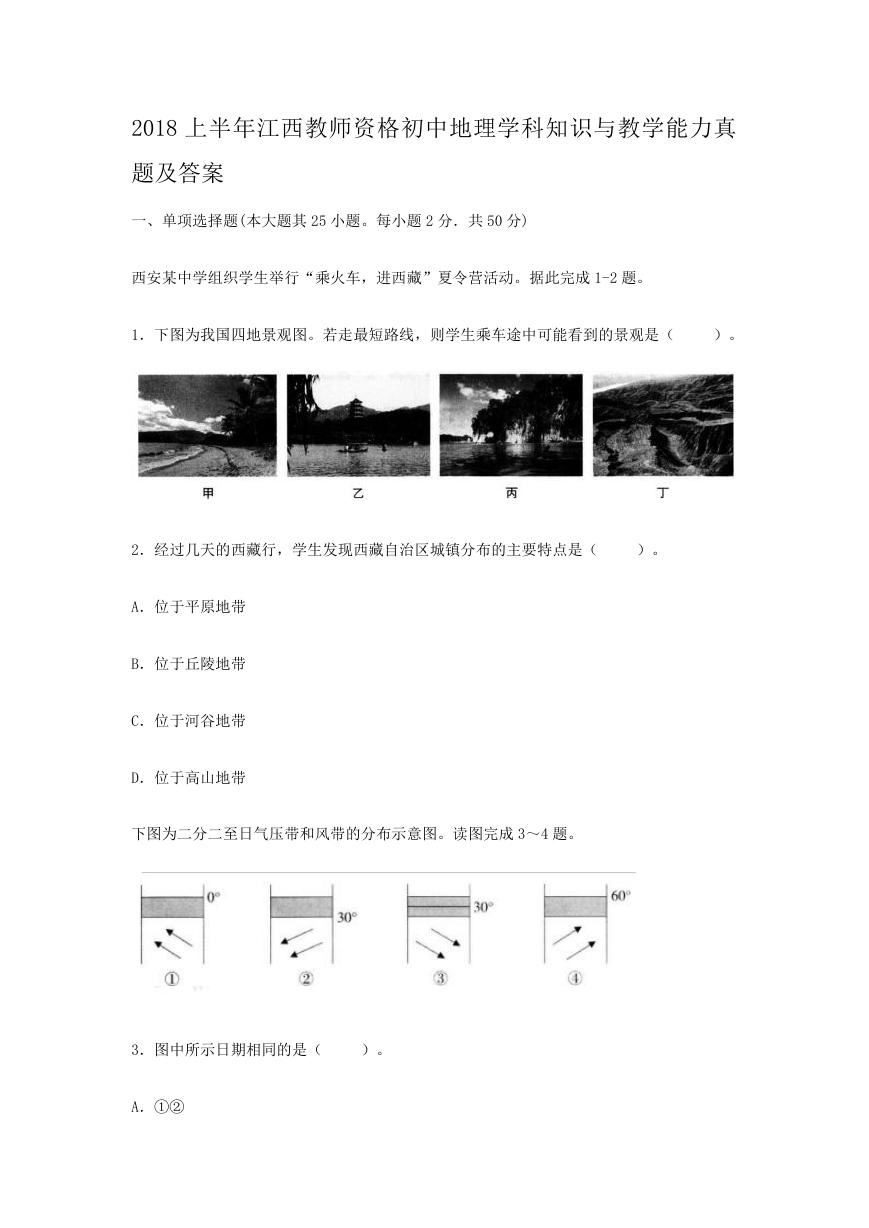 2018上半年江西教师资格初中地理学科知识与教学能力真题及答案.doc
2018上半年江西教师资格初中地理学科知识与教学能力真题及答案.doc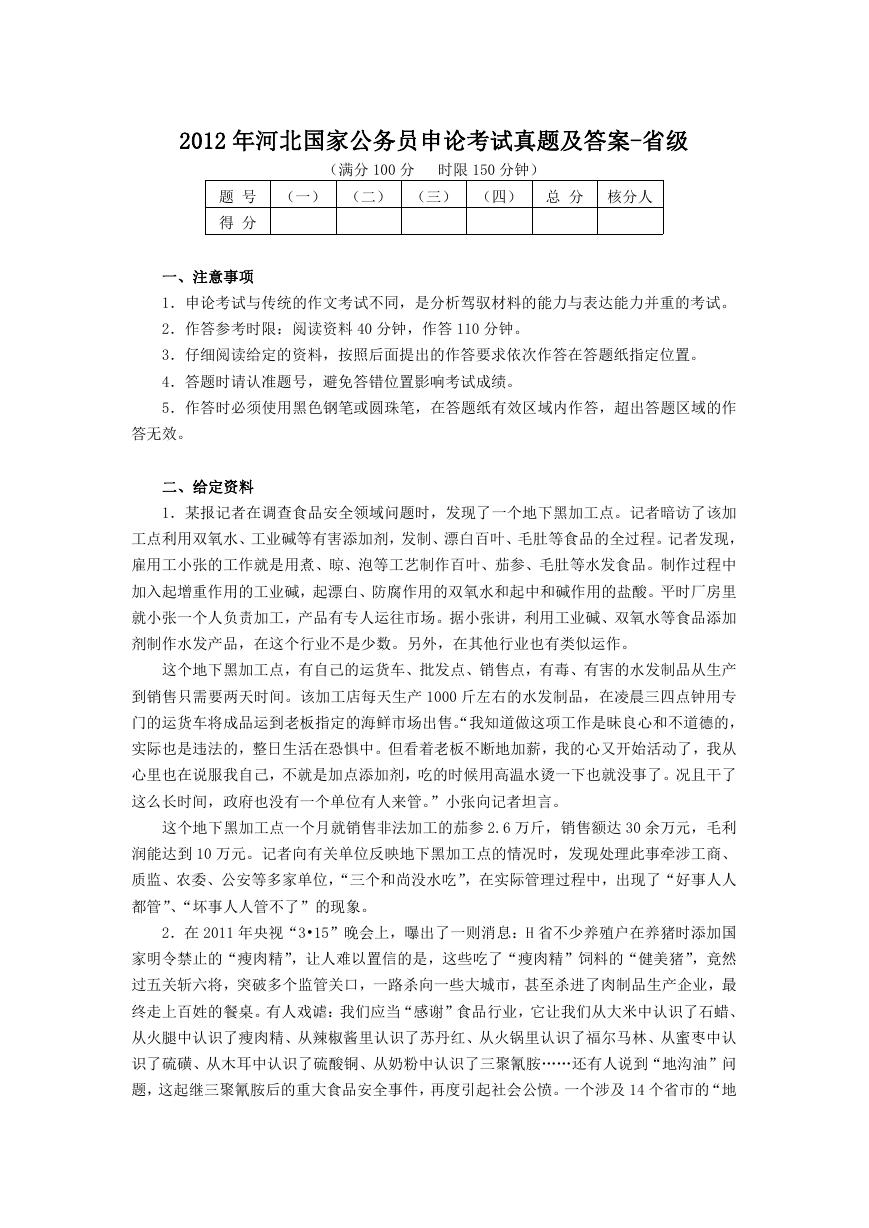 2012年河北国家公务员申论考试真题及答案-省级.doc
2012年河北国家公务员申论考试真题及答案-省级.doc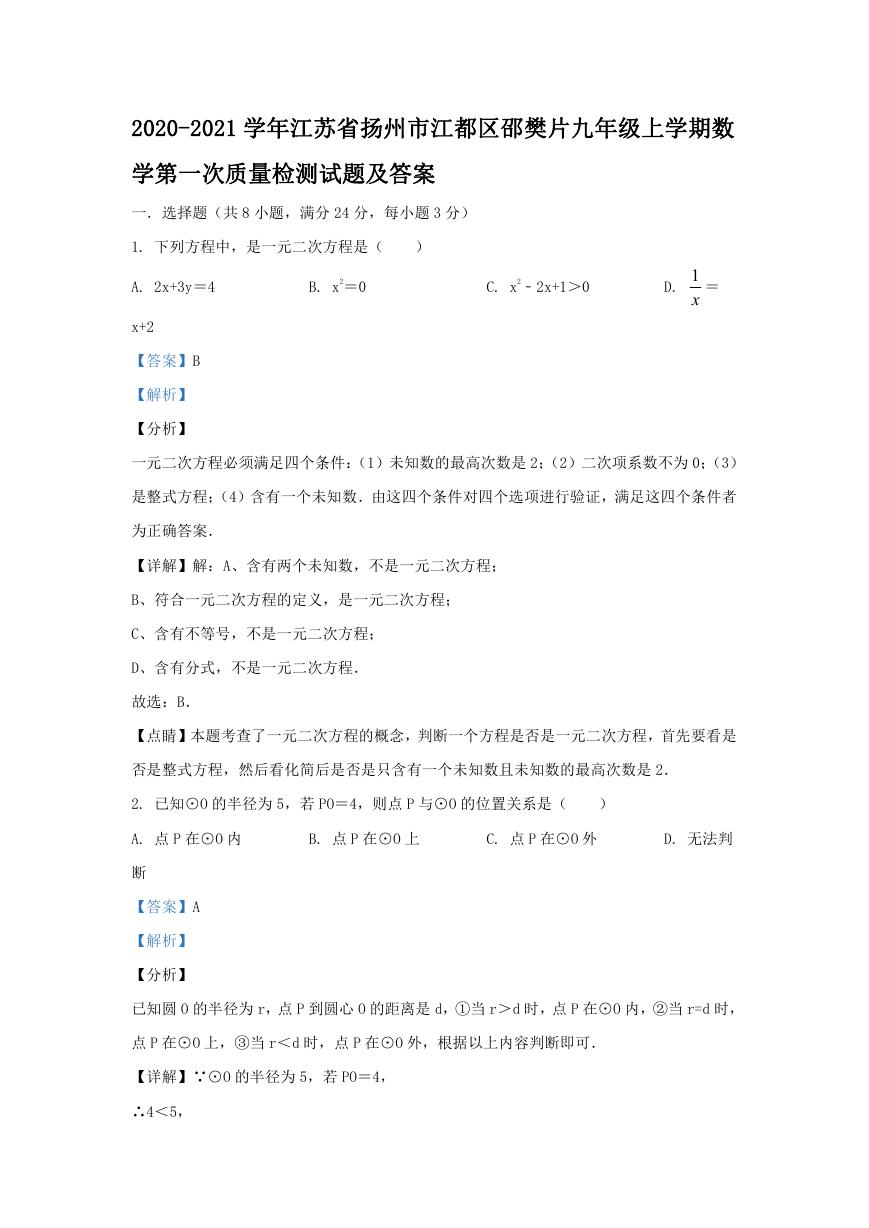 2020-2021学年江苏省扬州市江都区邵樊片九年级上学期数学第一次质量检测试题及答案.doc
2020-2021学年江苏省扬州市江都区邵樊片九年级上学期数学第一次质量检测试题及答案.doc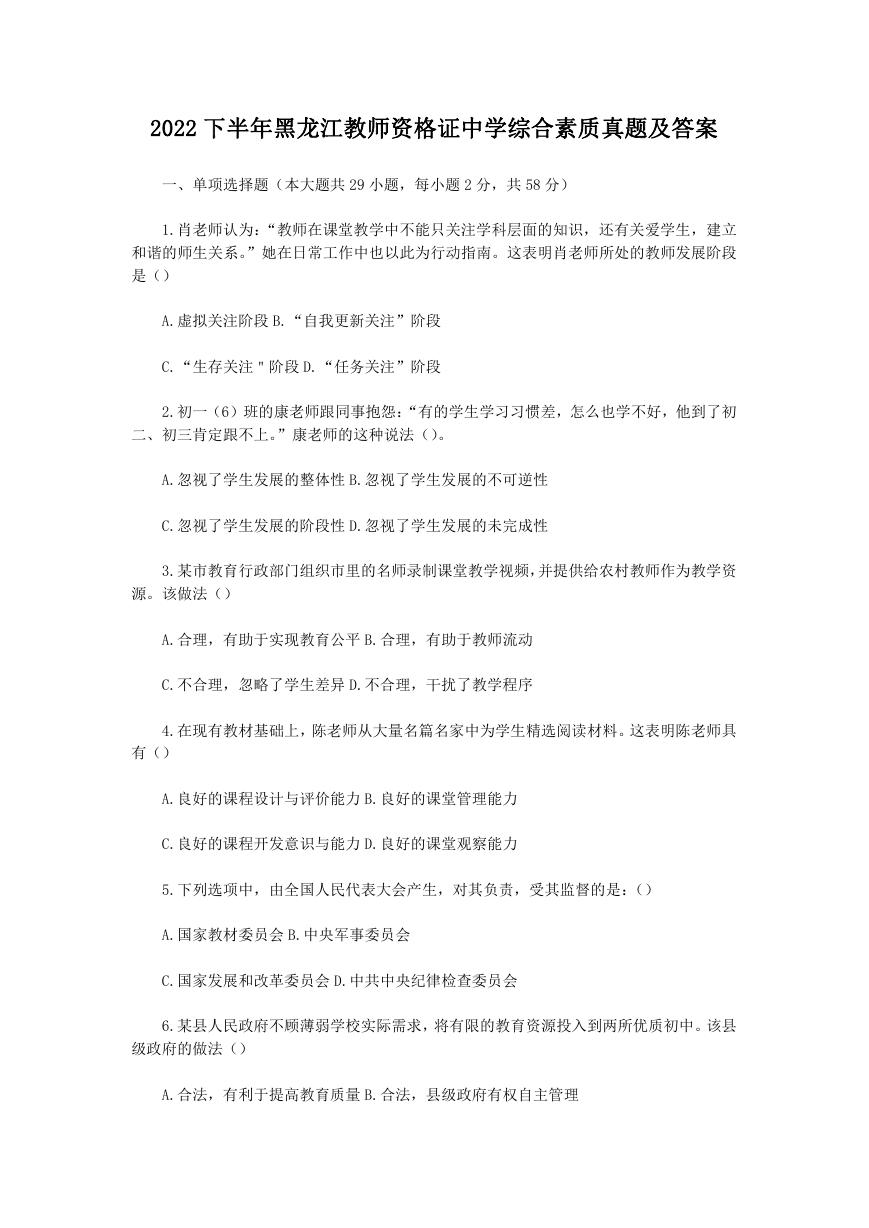 2022下半年黑龙江教师资格证中学综合素质真题及答案.doc
2022下半年黑龙江教师资格证中学综合素质真题及答案.doc